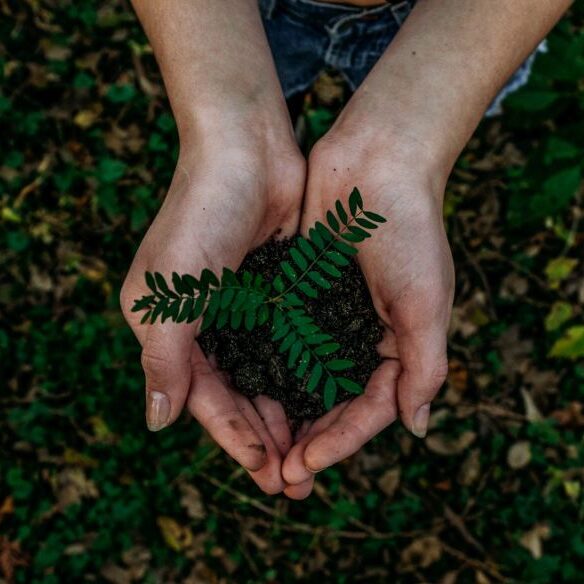Quick Facts
Tu B’Shevat/Tu BiSh’vat, the Jewish holiday that celebrates the birthday of the trees, occurs on the 15th of the Hebrew month of Shevat, sometime in late January or early February. Originally an agricultural festival, the main customs of this holiday are to taste some of the fruits and nuts of Israel and to plant trees. Tu B’Shevat is a time to give gratitude to G-d for all the fruits of the earth and everything that he gives us. It’s a wonderful holiday to experience with your children—good food to eat, fun activities to do together, and a natural segue to talking to your kids about the environment.
Here are some ways to celebrate Tu B’Shevat from the blogger Ima:
1. Eat Traditional Tu B’Shevat Food

On this holiday you are supposed to eat the seven species mentioned in the Torah (from Deuteronomy 8:8), some of the fruits and nuts of Israel: wheat, barley, grapes, figs, pomegranates, olives and dates. Almonds and carobs have also become a traditional food eaten during this holiday. You can easily add some of these foods to a snack tray or to your dinner on the night of Tu B’Shevat. Some years that’s all we’ve managed–because hey, LIFE. If you put out some fruit, olives and crackers there’s no cooking for you and you’re still sharing the seven species with your kids.
2. Plant Something

For example, you can plant parsley seeds. This is a wonderful activity for children because the parsley grows so quickly—it will be ready for Passover so your kids can watch what they planted grow and be used from one holiday to the next.
3. Make a Tu B’Shevat Craft
There are so many options for including a craft to have your children visually connect with Tu B’Shevat. Examples include: Handprint Tree Art, Tissue Paper Tree and Toilet Paper Roll Trees.
You can also include items collected out in nature to make nature art. Using leaves, acorns, flowers and sticks from outdoor adventures to create an art project is the perfect way to connect to Tu B’Shevat.
4. Take a Walk in Nature
Tu B’Shevat is a great time to take a walk and notice the growth of nature around you. You can take an easy walk in your neighbourhood, pointing out the different trees and plants that you know or that you like.
Are there still leaves on the trees? Which plants have changed colour and which look dormant?
On these walks, it’s easy and timely to talk about how Jews live all over the world and experience the holiday of Tu B’Shevat a little differently. For example, in Toronto, it’s likely snowing but in Israel spring has arrived and everything is blooming!
5. Learn and Say the Blessings
Tu B’Shevat is a great time to learn and say some common Jewish blessings. Have your children repeat the blessings or watch them on Youtube. If it’s the first time you are eating one of the fruits for the season, you say the Shehecheyanu blessing. It thanks G-d for sustaining us and allowing us to celebrate this special occasion.
בָּרוּךְ אַתָּה, יְיָ אֱלֹהֵינוּ, מֶלֶךְ הָעוֹלָם, שֶׁהֶחֱיָנוּ וְקִיְּמָנוּ וְהִגִּיעָנוּ לַזְּמַן הַזֶּה
Baruch atah Adonai, Eloheinu Melech haolam,
shehecheyanu, v’kiy’manu, v’higianu laz’man hazeh.
Our praise to You, Eternal our God, Sovereign of all: for giving us life, sustaining us, and enabling us to reach this season.
Before you eat any fruit, you also say the Ha’etz blessing, the blessing over fruit.
בָּרוּךְ אַתָּה יְ‑יָ אֱ‑לֹהֵינוּ מֶלֶךְ הָעוֹלָם בּוֹרֵא פְּרִי הָעֵץ
Barukh ata Adonai Eloheinu melekh ha’olam borei p’ri ha’eitz.
Blessed are You, Lord our God, Ruler of the universe, who creates the fruit of the tree.
6. Talk About the Environment

Tu B’Shevat is also a great time to talk to your kids about the environment. Share with them that it is our sacred responsibility to care for our world and to share the fruits of the world with everyone.
Check out Ima’s blog for some more ideas.
Chag Sameach!
